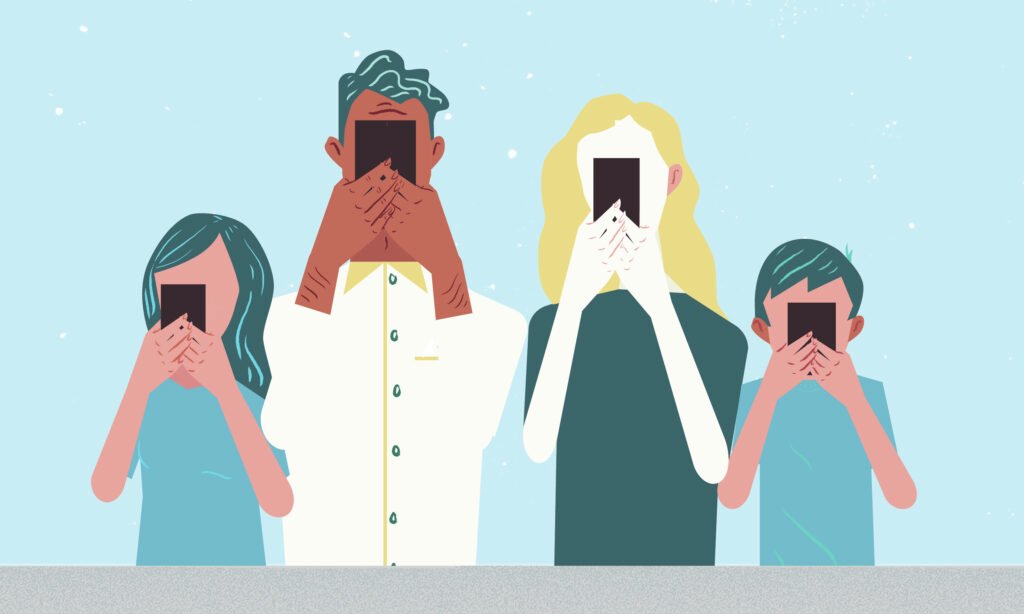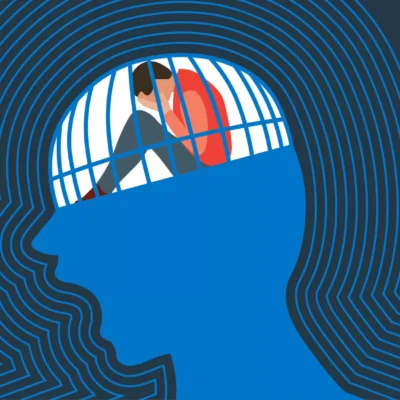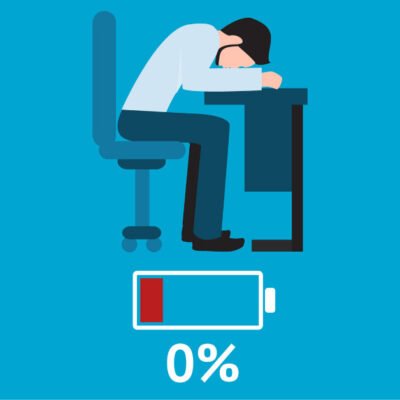In today’s digital age, social media and teen body image have become closely linked. As platforms like Instagram, TikTok, and Snapchat dominate how teenagers communicate and see the world, they also shape how teens view themselves — especially their bodies. While social media offers connection and creativity, it can also create pressure to meet unrealistic beauty standards. This article explores how social media impacts the body image of teens in America, the reasons behind it, and what can be done to protect young minds.
What Is Body Image?
Body image is how someone sees their body and how they feel about it. It includes thoughts, beliefs, and feelings — both positive and negative. A teen with a healthy body image feels comfortable in their own skin. But a teen with a negative body image may feel ashamed or unhappy with how they look, even if there is nothing wrong with their appearance.
Teenagers are at a stage of life where they are discovering who they are. Their bodies are changing, and their brains are still developing. It’s a vulnerable time. When social media becomes a daily influence, it can either boost their confidence or tear it down.
The Rise of Social Media and Visual Content
Over the past decade, the way people use social media has shifted. Photos and videos now dominate content, and many platforms focus heavily on appearance. Instagram is centered around images. TikTok uses short videos, often featuring dancing, fashion, or beauty tips. Snapchat encourages users to use filters that change their facial features.
Because of this visual focus, appearance has become a major currency on social media. The more attractive someone looks, the more likes, shares, and followers they might get. For teens who are still figuring out who they are, this can create a dangerous mix of self-worth and online validation.
Why Teens Are So Affected
- Brain Development
The teenage brain is wired to seek approval and social rewards. Dopamine, the “feel-good” brain chemical, is released when teens get likes or positive comments. Over time, this reward system can make teens depend on social media for self-esteem. - Peer Comparison
Teens often compare themselves to others — especially influencers, celebrities, and even classmates. Social media offers a constant stream of perfect images, many of which are edited or filtered. Teens may believe these images reflect real life, leading to feelings of inadequacy. - Fear of Missing Out (FOMO)
Seeing others post vacation pictures, gym selfies, or fashion hauls can make teens feel left out or like they’re not doing enough. This constant comparison can worsen self-esteem and body image.
The Role of Filters and Editing
Many teens use filters and editing apps to change how they look before posting pictures. While this might seem harmless, it can distort their sense of reality. Some common changes include:
- Smoother skin
- Larger eyes
- Thinner face or waist
- Fuller lips
- Straighter nose
These changes promote a beauty standard that’s hard or even impossible to achieve in real life. Over time, teens might feel their natural appearance isn’t good enough unless it’s “fixed.”
The Influence of Influencers
Influencers are social media users with large followings who often promote products, beauty routines, and lifestyle tips. Many of them post flawless images that appear effortless but are carefully curated and edited.
Teens may idolize these influencers and try to copy their looks, clothing, or makeup. But the truth is, many influencers use professional lighting, editing tools, and even cosmetic surgery. When teens don’t see the behind-the-scenes reality, it can damage their confidence.

Social Media and Eating Disorders
A growing number of studies link social media and teen body image issues with eating disorders. When teens see idealized body types every day, they may feel pressure to change their weight or eating habits. This can lead to:
- Skipping meals
- Over-exercising
- Calorie counting
- Obsession with thinness
- Eating disorders like anorexia, bulimia, or binge eating
According to the National Eating Disorders Association (NEDA), constant exposure to “thin ideal” images can increase the risk of disordered eating — especially among teen girls.
Boys Are Affected Too
Though girls are often the focus of body image discussions, boys also face pressure. Many feel they need to be muscular, tall, or athletic to be accepted. On platforms like TikTok and Instagram, “fit” male influencers often show off six-packs and chiseled features.
This leads some boys to develop muscle dysmorphia — a condition where they feel too small or weak, even if they are healthy. Just like girls, boys can suffer from low self-esteem and disordered eating.
Signs That Social Media Is Hurting a Teen’s Body Image
Parents, teachers, and caregivers should watch for signs that a teen is struggling with body image. These may include:
- Avoiding mirrors or photos
- Constantly criticizing their appearance
- Comparing themselves to others online
- Spending hours editing photos
- Skipping meals or over-exercising
- Feeling anxious or sad after using social media
Steps to Promote a Healthy Body Image
While social media isn’t going away, there are steps we can take to reduce its negative effects:
1. Teach Media Literacy
Help teens understand that not everything they see online is real. Discuss how filters, angles, and editing work. Encourage them to follow accounts that promote real, unedited content.
2. Promote Positive Role Models
Introduce teens to influencers or public figures who promote body positivity, self-love, and diversity in body types. Representation matters.
3. Encourage Offline Activities
Support hobbies that don’t involve screens, like sports, art, or volunteering. These activities can help teens develop confidence outside of their appearance.
4. Set Healthy Social Media Boundaries
Talk about time limits for screen use. Suggest screen-free times during meals or before bed. Model balanced social media habits yourself.
5. Support Open Conversations
Create a safe space for teens to share how they feel. Don’t judge or criticize their emotions. Sometimes, simply listening is the best way to help.
The Role of Schools and Communities
Schools can include body image and media literacy education in health or social studies classes. Community programs can host workshops or counseling sessions. Working together, adults can build a stronger support system for teens navigating the online world.
When to Seek Professional Help
If a teen’s body image issues lead to depression, anxiety, or eating disorders, it’s important to seek help from a mental health professional. Therapists who specialize in teen mental health can offer tools to rebuild self-esteem and manage social media use in a healthier way.
Conclusion: Finding Balance in the Digital World
Social media and teen body image are deeply connected. While these platforms can offer joy and connection, they also expose teens to unrealistic standards that can harm their self-worth. As a society, we must guide teens to view themselves with kindness, accept their unique beauty, and understand that what they see online isn’t always the full story.
Read Next – Health Insurance in the U.S.: What Has Changed in 2025?





